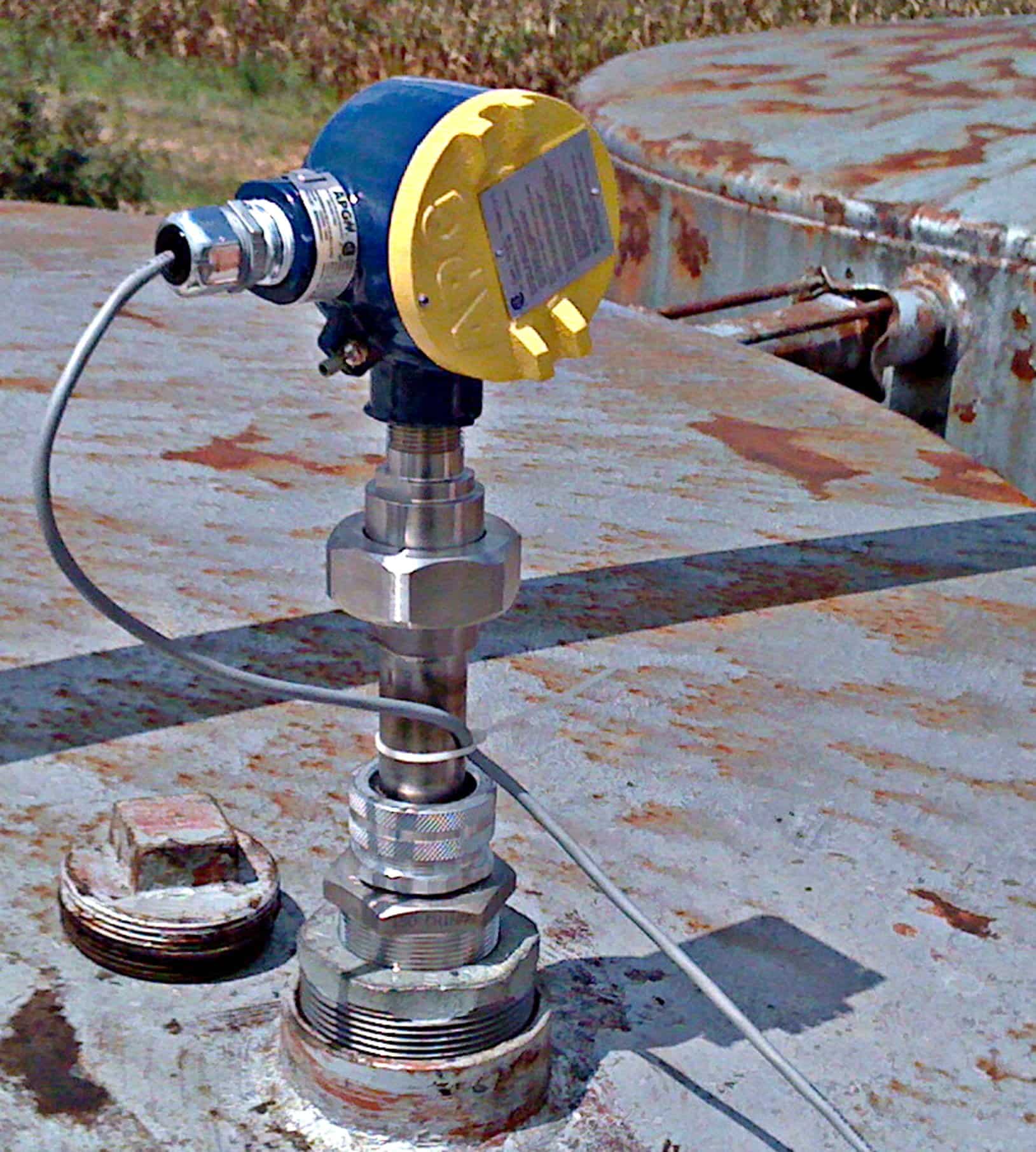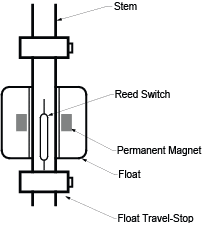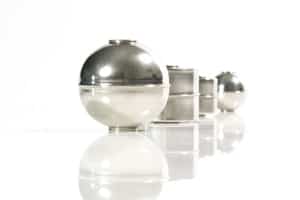 The best maintenance for mission-critical equipment is preventative maintenance. You know what needs to be done, when it needs to be done, and there’s no emergency scrambling. The necessary system downtime pays for itself in on-going system reliability.
The best maintenance for mission-critical equipment is preventative maintenance. You know what needs to be done, when it needs to be done, and there’s no emergency scrambling. The necessary system downtime pays for itself in on-going system reliability.
But hands down, the best preventative maintenance isn’t done during scheduled down time, or any time after installation. It’s done when you buy your equipment.
Getting the best match between your equipment and your application is, without a doubt, the best preventative maintenance you can do. It works for motors, drives, and pumps, and it works sensors and switches, too.
Float switches for water tanks are no exception. Yes, “float switches for water tanks” does sound like one of the most straight-forward application scenarios out there. If you allow yourself to cut corners when choosing the easy stuff, it’s easier to miss the details necessary for getting the more difficult applications right. So let’s walk through the application questions for float switch connections on water tanks, looking particularly at APG’s FL series of float switches. We’ll look at three criteria:
 Most stem-mounted float switches use a magnetic reed switch to open or close an electrical circuit. A reed switch consists of two ferromagnetic contact tips (reeds) encased in a glass tube which is secured on a plastic, brass, or stainless steel stem with epoxy. A permanent magnet in the float is the most common means of actuating a reed switch on a stem-mounted float switch.
Most stem-mounted float switches use a magnetic reed switch to open or close an electrical circuit. A reed switch consists of two ferromagnetic contact tips (reeds) encased in a glass tube which is secured on a plastic, brass, or stainless steel stem with epoxy. A permanent magnet in the float is the most common means of actuating a reed switch on a stem-mounted float switch.
Float switches are usually built to operate as Normally Open or Normally Closed switches. (Other possibilities include SPDT switches, but that is more common for cable suspended, rather stem-mounted, switches.) The float of a normally open switch rises with the liquid level toward the reed switch, and the permanent magnet actuates the switch contacts, closing the electrical circuit. When the liquid and float descend, the reed switch contacts will open again, de-energizing the electrical circuit. This is a common configuration for a High Level alarm.
For a normally closed float switch connection, it’s just the opposite. When the float falls toward the reed switch, the switch contacts will close the electrical circuit. When the float rises with the liquid, the reed switch contacts will open de-energizing the electrical circuit. This is an ideal set up for a Low Level alarm.
Dealing with tough or harsh environments is a basic piece of many instrumentation applications. While they may not pertain to the water in your water tank, some of these may apply to the environment around your tank. So it’s better to be in the habit of asking these environmental questions than to hope you remember to ask them when your application does call for them.
So, consider the following float switch environment factors:
The two main physical factors to consider in selecting a float switch are mounting options and float specifications.
The float switch you choose must be mountable on your water tank. Some the most common mounting options are:
Note: If the only mounting option available is near an inlet, or surface wave action is an anticipated source of erroneous switching, a stilling tube or time-delay relay are highly recommended for providing physical or electronic (respectively) error control.
 To optimize float sensor accuracy, it's important to know the specific gravity of the liquid (across all temperature ranges) to be measured, and choose a float with a specific gravity that is less than that of the liquid. A float with a specific gravity equal to the liquid it sits in won’t necessarily float on top of the liquid, and a float with a greater specific gravity will sink in the liquid.
To optimize float sensor accuracy, it's important to know the specific gravity of the liquid (across all temperature ranges) to be measured, and choose a float with a specific gravity that is less than that of the liquid. A float with a specific gravity equal to the liquid it sits in won’t necessarily float on top of the liquid, and a float with a greater specific gravity will sink in the liquid.
Also be aware that any sand or sediment within the measurement environment (i.e. your water tank) can eventually collect on top of the float, causing the float to sink. If such sediment could be an issue in your environment, the sloped sides of a spherical float will allow the sediment to slide off, preventing buildup.
Each FL series of float switch can be fitted with one of two sets of float types. The floats are spherical or cylindrical in shape, are made from stainless steel, and are 1 to 2 inches in diameter.
Do I want a Normally Open (High Level Alarm) switch or a Normally Closed (Low Level Alarm) switch?
Are there NEMA or IP ratings necessary for protecting the circuitry of my switch? Does my switch need hazardous location approvals to prevent incendiary or explosive accidents?
How will the switch be mounted to the tank or vessel? Is the specific gravity of the float(s) less than the specific gravity of the liquid being monitored?
Answering the questions we’ve looked at will help ensure years of reliable service for your FL level switch. Knowing the performance you expect from your instrument, based on the physical environment it will be functioning in, before you purchase and install it, puts you in position to get the best match of instrument capabilities to application demands.
One last important (post-installation) recommendation for your stem-mounted switch’s health: un-install your FL float switch every so often (yearly at least, more often if necessary) and give it a good cleaning. This will extend the life of your probe.
Still have questions? Drop our Measurement Experts a line today. They would love to help you get the most out of every switch, gauge, sensor, and transducer you use.